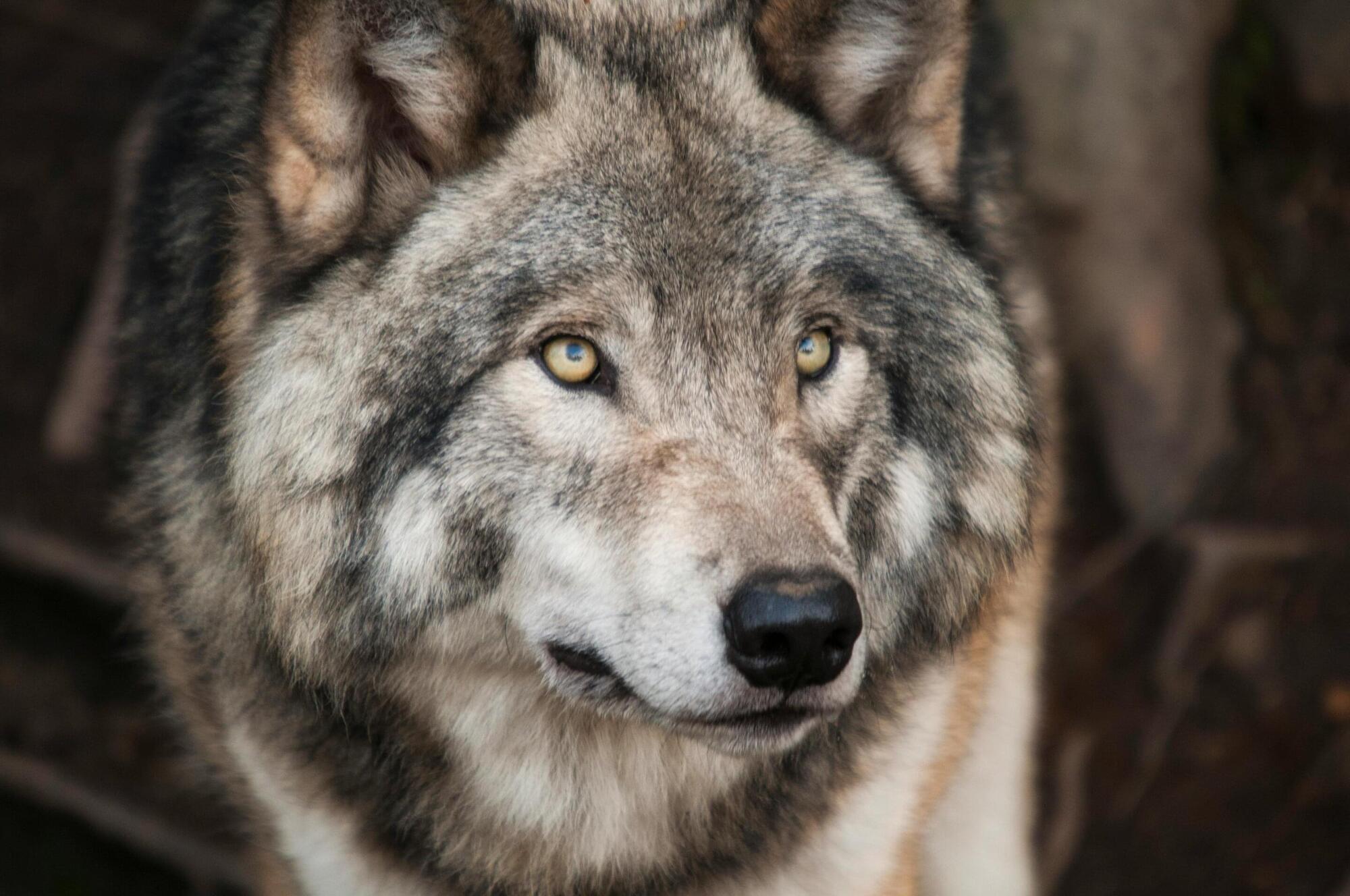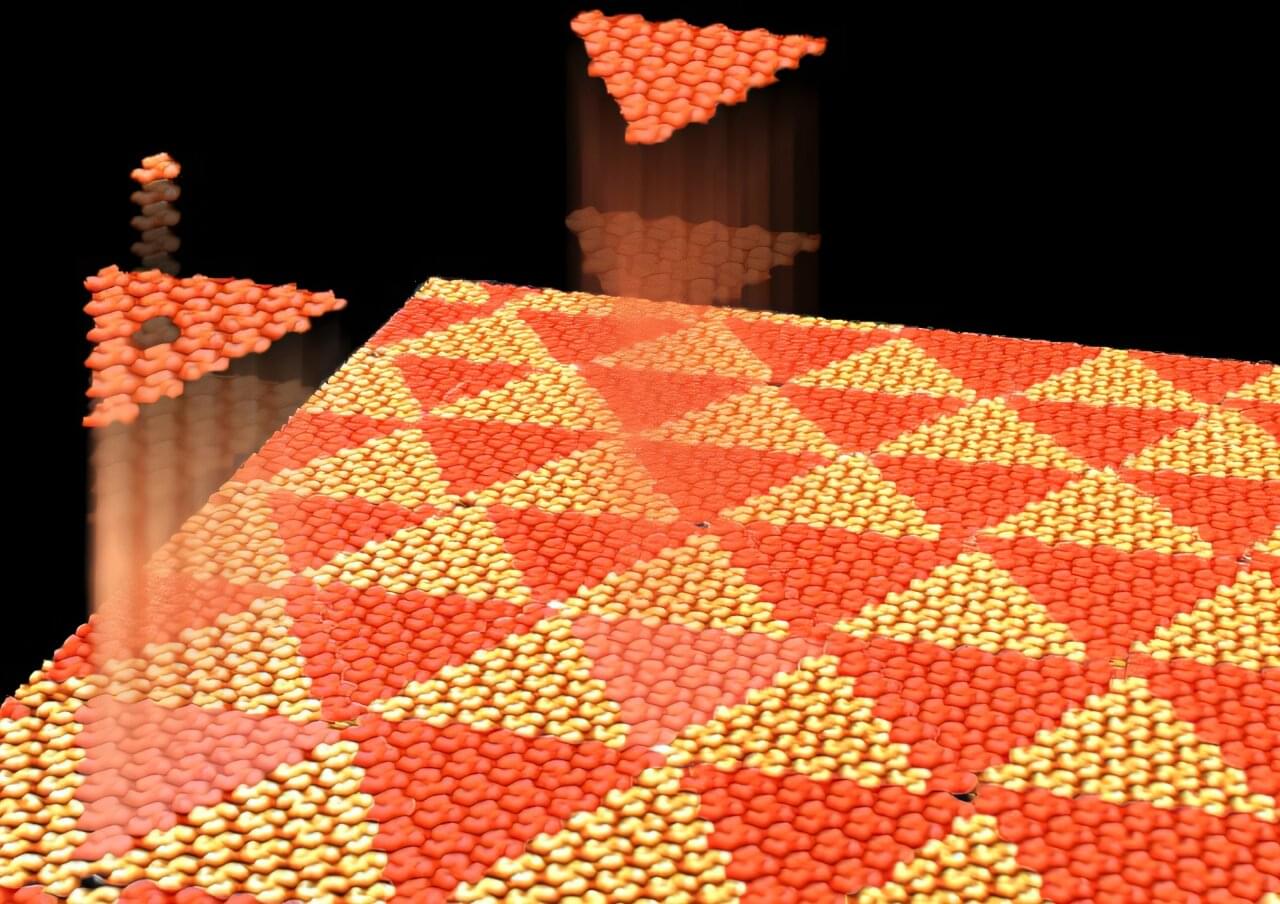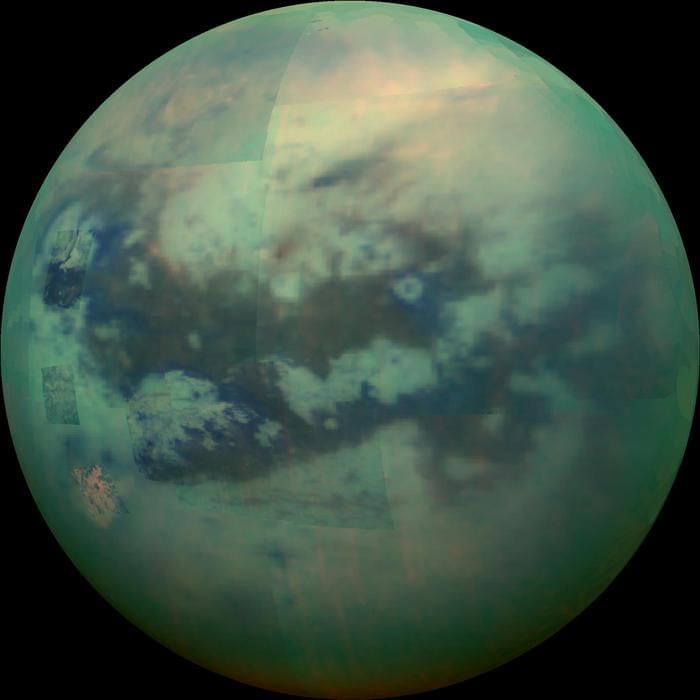The words “optimal” and “optimize” derive from the Latin “optimus,” or “best,” as in “make the best of things.” Alessio Figalli, a mathematician at the university ETH Zurich, studies optimal transport: the most efficient allocation of starting points to end points. The scope of investigation is wide, including clouds, crystals, bubbles and chatbots.
Dr. Figalli, who was awarded the Fields Medal in math that is motivated by concrete problems found in nature. He also likes the discipline’s “sense of eternity,” he said in a recent interview. “It is something that will be here forever.” (Nothing is forever, he conceded, but math will be around for “long enough.”) “I like the fact that if you prove a theorem, you prove it,” he said. “There’s no ambiguity, it’s true or false. In a hundred years, you can rely on it, no matter what.”
The study of optimal transport was introduced almost 250 years ago by Gaspard Monge, a French mathematician and politician who was motivated by problems in military engineering. His ideas found broader application solving logistical problems during the Napoleonic Era — for instance, identifying the most efficient way to build fortifications, in order to minimize the costs of transporting materials across Europe.







